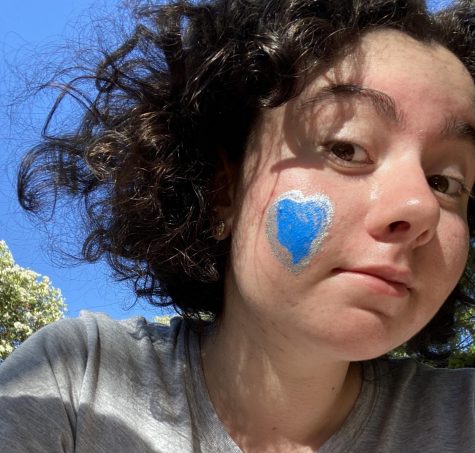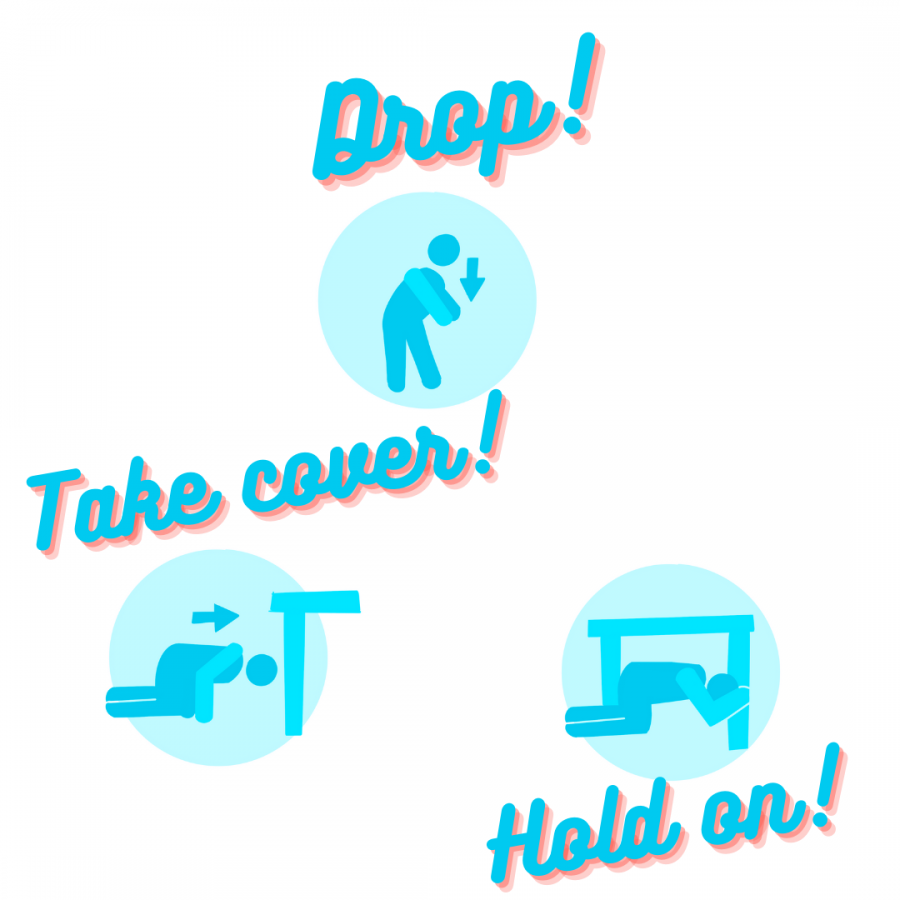The “Big One”: How I Can Conquer My Fear of California’s Next Biggest Earthquake
Ever since I moved to California when I was seven, I have had one fear that I have never been able to shake (pun intended). I was already scared of earthquakes in general, their unpredictability a huge difference from the hurricanes I was used to. But after discovering the idea of the “Big One”, the earthquake that is predicted to hit along the San Andreas fault line at a magnitude of at least 7.8, I have been particularly terrified of that specific event since.
Though my fear may be mostly irrational, it is not without some reason. This earthquake is expected to be 44 times bigger than the last big earthquake that hit California, the Northridge Earthquake in 1994 that saw freeways collapse and crumbled apartment buildings across the San Fernando Valley.
According to a USGS File titled “The Shakeout Scenario”, the earthquake is expected to cause, among other catastrophes, 1,800 deaths, 1,600 fires, and severe damage to many of the freeways in the Los Angeles County area. In total, the “Big One” is estimated to have a financial impact of about 200 billion dollars.
When will this earthquake hit? Nobody knows for sure of course, as is the nature of earthquakes, but many scientists, including renowned seismologist Dr. Lucy Jones in an interview with CNN, say it’s only a matter of time.
What should you do? Apart from following the important “Drop, Cover, and Hold On” steps when the time comes, you should also make preparations ahead of time. Create an emergency supply kit for your home (and car) that would be easy to grab after the earthquake is over. Invest in some safety straps for your furniture. Develop a plan of communication between family and friends so you know how to reach them.
If you’re the type of person who is just as terrified of earthquakes as I am, consider checking out Dr. Jones’ book on large natural disasters throughout history, The Big Ones: Natural Hazards That Have Shaped Us (And What We Can do About Them). In her book, she takes readers on a journey through some of the world’s largest earthquakes, floods, tsunamis, hurricanes, and volcanic eruptions and explains how they shaped different aspects of society today.
What does the evidence from this book tell us about the “Big One”? That we won’t be alone when it hits. In her CNN interview, Dr. Jones emphasized the importance of staying connected with one another, as “one of the best predictors of a community being able to recover from a natural disaster is the degree of social capital they hold.” So reach out to any nearby service organizations before or after an earthquake to see what you can do to help, or what they can do to help you.
Though my hopes of the “Big One” never happening will likely not come true, it gives me some solace to be able to prepare for it!

Esme Chiara is a rising senior at Mayfield Senior School and the Co-Editor-In-Chief of News and Features. A member of the Mayfield Crier since her sophomore...


